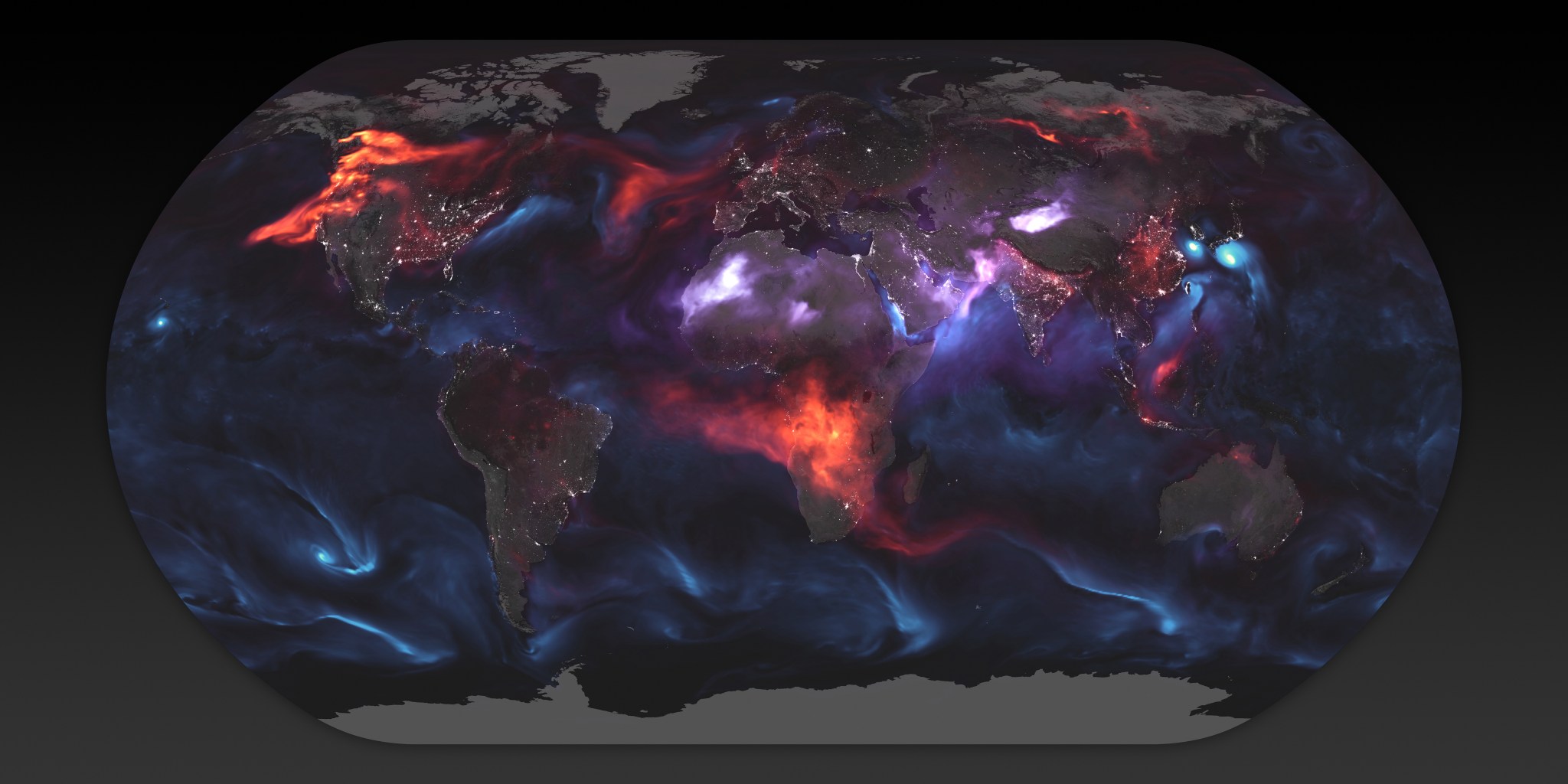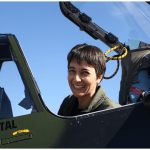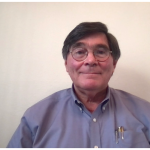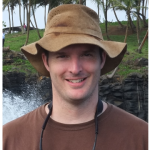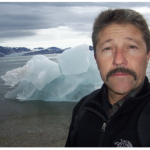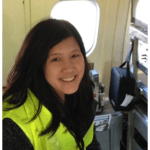About
The atmosphere is responsible for maintaining a habitable planet. Without it, the Earth would be have the same extreme hot and cold temperatures as the moon: dropping down to – 300°F at night, and rising to 250°F during the day! Scientists in the Atmospheric Composition and Dynamics field at NASA Ames study the chemistry of atmospheric gases, clouds, and aerosols, as well as wind and weather patterns, interactions between layers, and air quality. This allows researchers to better understand how the atmosphere works and how it’s changing.
The team at Ames designs and develops new instruments, and participates in collecting Earth observations from surface-based, airborne, and space-based platforms. They conduct studies to advance our understanding of changes in the Earth’s radiation balance, air quality, and the ozone layer that result from changes in atmospheric composition. That knowledge is used to improve our weather and climate predictions, while also delivering actionable information and applications to inform decisions about societal challenges.
Why is it important?
Earth’s atmosphere keeps habitable temperatures on Earth, transports heat and water, protects us from meteoroids and ultraviolet solar radiation, and provides us with the air we need to breathe.
Missions & Projects
The atmosphere protects the planet, determines weather and climate, and provides the air we need to breathe.
Among the many applications of this research, some missions and projects in this field focus on air quality (ASIA-AQ), production of tropospheric ozone pollution (SLC-SOS), or the transport of aerosols between atmospheric layers (SABRE).
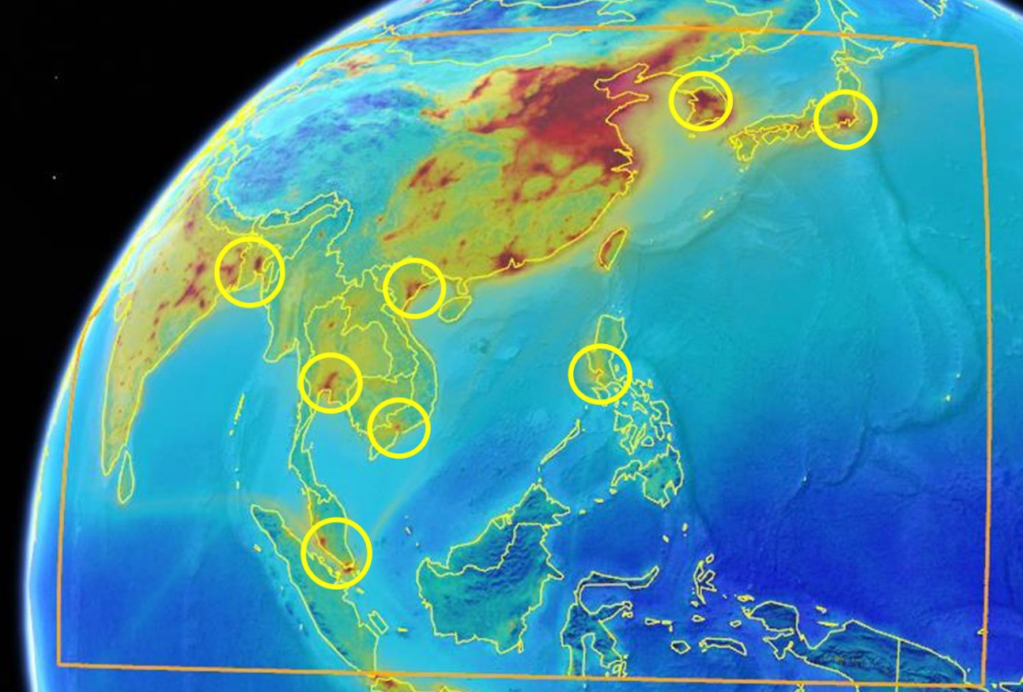
Instruments
Studying the atmosphere requires numerous high-tech instruments.
Depending on what the scientist wants to study, these instruments may be mounted onboard aircraft, attached to satellites, or deployed from the ground by researchers.

Subject Matter Experts:

Ju-Mee Ryoo
Specialties: Atmospheric dynamics and composition, high-impact extreme weather events (such as atmospheric rivers), and climate variability, estimation of greenhouse gas (GHG) emissions (e.g., CO2, CH4), processes related to tropospheric ozone and its precursors (NO2 and VOCs), meteorological impacts on GHG and aerosol transport, aerosol radiative effects and air quality, fire/weather interactions using multi-platform datasets

Robert Chatfield
Specialties: Atmospheric chemistry and transport, photochemical modeling, modern multivariate regression and parameter retrieval, remote sensing, focus on S, N, and C cycles (isoprene, CO, methane), global and pollutant ozone, PM2.5 pollutant particles and optical opacity (AOD), wild-fire emissions
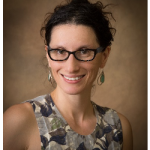
Michal Segal- Rozenhaimer
Specialties: Earth radiative budgets, radiative transfer theory and algorithms, remote sensing, inverse-modeling, machine learning and machine vision algorithms for satellites and airborne assets, atmospheric chemistry and air quality, aerosol and cloud processes and interactions



























